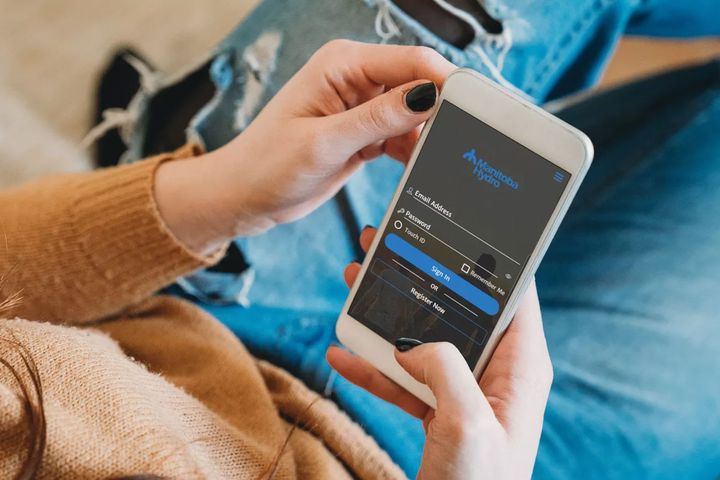Your power can go off at any moment. Most outages are short, but as we saw in the October 2019 storm, a severe weather event can knock out power for several days over wide areas.
We can’t predict when or if the power will suddenly go out. That’s why it’s important for you and your family to be prepared and know what to do.
We recommend you put together an emergency kit and keep it in a spot in your home where your family can easily access and use it — even in the dark. A kit should keep you and your family self-sufficient in your home for at least 3 days.
Essential items include:
- flashlight and extra batteries;
- portable, battery-powered radio and extra batteries;
- portable USB phone charger and a car charger for mobile devices;
- bottled water;
- canned or dried food, including pet food;
- manual can opener;
- extra blankets;
- candles and matches;
- first aid kit;
- paper plates, paper towels, plastic ware;
- games, playing cards, crossword puzzles, etc. to keep you and your family occupied.
Other supplies to keep on hand and accessible include extra firewood if you have a fireplace and an extra propane tank or briquettes for your barbecue if you want to cook during an outage. Never barbecue indoors or in an enclosed space like a shed or garage as dangerous levels of carbon monoxide can build up very quickly. Exposure to carbon monoxide can cause symptoms like the common flu and can lead to death.
If you have a natural gas fireplace, make sure it’s serviced and working properly. Many natural gas fireplaces will continue to work without electricity.
During a prolonged power outage, a properly-sized and well-maintained portable generator can restore electricity within minutes. To prevent carbon monoxide poisoning, never operate your generator in a house, garage, or other enclosed building.
Food storage and cooking
A full freezer will keep food frozen for about 48 hours. A freezer that is half full will keep food frozen for about 24 hours.
An unopened refrigerator will keep food cold for about 4 hours. If possible, add ice to the refrigerator to keep the food at a safe temperature if the power will be out for a long time. You can also keep a cooler on hand and load it with ice and food, or keep it outside in winter, during the first hours of an outage.
Pipes and appliances
If pipes are in danger of freezing, turn off the main water valve and drain the line by running taps. Put plumbing antifreeze in toilet bowls, sinks and bathtub drains. Turn off and drain your water heater by connecting a hose to the drainage tap on the tank and empty into the basement drain.
Turn off all electrical appliances. Pay special attention to those you may have been using when the power went out, like your stove or oven.
Unplug electronic equipment to protect it from a voltage surge when power is restored. For valuable electrical equipment, use a surge suppressor to protect your electrical devices. A licensed electrician can install a surge suppressor at your main service panel, and you can add a point-of-use plug-in surge suppressor for computer and home entertainment devices. A surge suppressor will not protect your equipment from a direct lightning strike.
Remember, a power strip and surge suppressor are different. Typically, a power strip is a multi-outlet product that’s an expansion of a wall outlet, and it doesn’t offer any real protection from electrical issues.
Keep one light plugged in and turned on so you’ll know when the electricity is back.
If you’re leaving your house during an outage, turn off the main breaker. This reduces the chance of appliance damage and safety problems if power is restored while you’re away.
For more information on how to prepare for an outage, see our Emergency Preparedness Handbook (PDF, 279 KB).



